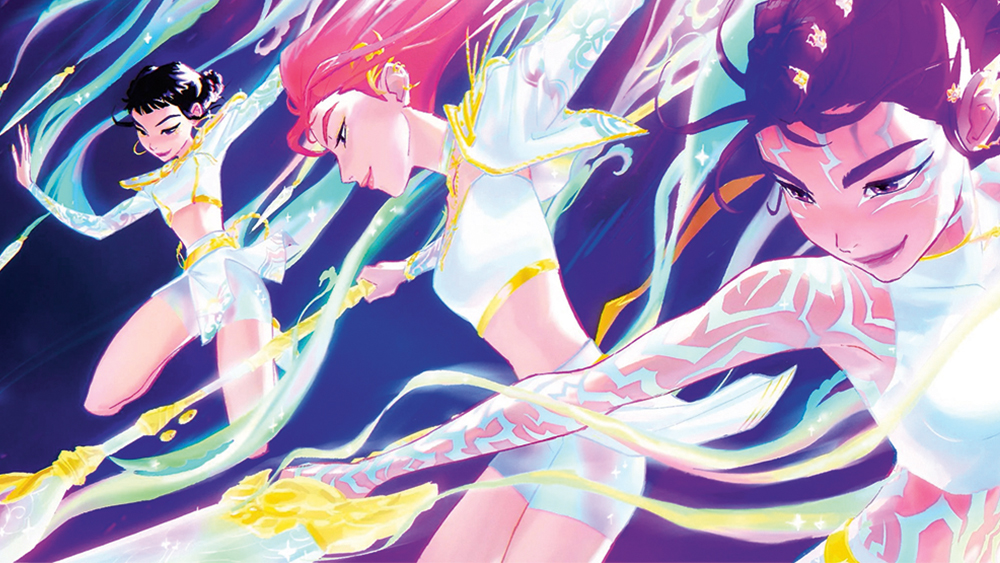Can graphic design save the world?
Of course it can’t, says John Hudson; it’s a deliberately provocative question
The real question to be asked is whether designers, from all disciplines, can work smarter to lessen waste and the negative impact our work can sometimes have.
To do that, though, we need the appropriate skills, knowledge and understanding to apply a more responsible ethos to a design problem. Earlier this year I attended the Typo Berlin conference, the theme of which was sustainability within the context of design. I was there to talk about this issue within the context of design education, as my current research focus is where the responsibility of the designer begins and ends. For me, as a lecturer in graphic design, it begins with my students. The more informed they are, the greater their understanding of the issues surrounding responsible design, so the better their decision-making process will be throughout a brief.
It makes sense for a new graduate to have these skills for a number of reasons: firstly, more corporations and big brands such as P&G, Unilever and Puma are placing greater focus on sustainability and corporate social responsibility within their business strategies. Design graduates will need to be equipped with the skills for an evolving workplace, where they are able to meet the design and communication challenges within client briefs.
Secondly, as designers we make and design ‘stuff’. We place things into the world, and it takes energy and resources to get them there, and sometimes the decisions we make in the creative process can have a direct impact on the society we live in. For example, £1 in every £3 of UK council tax is spent on the disposal of household waste, packaging, direct mail and designed ‘stuff’, with some councils spending more on waste management than on educational budgets. The print industry is still one of the world’s largest polluters, yet we mindlessly throw away 4.7 million tons of fresh, unused paper every year in the UK due to poor decision-making. Living on a planet with finite resources means we have to work smarter in the future.
As an educator, it’s my aim to engage students with this subject – and that starts by facilitating a greater understanding of a set of complex issues that include: ethics, sustainability, inclusivity, materiality, recyclability, closed-loop design and cradle-to-cradle design. And for students to then apply that understanding to a design brief or project.
With this in mind, I developed a system called Responsible Designer, which aims to help graphic design students embed a more responsible approach to their problem-solving. The system places the issues of responsibility as a fundamental part of process, decision-making and creative practice for students. Responsible Designer has two elements: a studio-based document and a smartphone app. The studio document is a simple mind-mapping system that acts as an introduction to the themes and issues surrounding being a more responsible designer. It enables students to consider the responsible issues that apply to any brief. For example, they can look at ethics and inclusivity if working on a social project; or materiality, recyclability and closed-loop design if they are considering a packaging brief. The completed mind map helps generate debate, understanding and develop a student’s terminology. After using the system for a semester, it’s usually no longer needed as the thinking becomes instinctive.
The smartphone app offers a well-researched resource of responsible printing, inks, papers and processes. It also has an extensive reading list and links section, and showcases studios that have a responsible ethos, along with inspiring examples of their work. The app extends the learning environment outside of the studio and places key information into the hands of the students, which helps to inform their creative choices and processes.
Responsible Designer is an introductory system and far from a silver bullet to this complex problem. But maybe it’ll help the next generation of designers work more efficiently and be better prepared for the future challenges we’re likely to face.
Daily design news, reviews, how-tos and more, as picked by the editors.

The Creative Bloq team is made up of a group of art and design enthusiasts, and has changed and evolved since Creative Bloq began back in 2012. The current website team consists of eight full-time members of staff: Editor Georgia Coggan, Deputy Editor Rosie Hilder, Ecommerce Editor Beren Neale, Senior News Editor Daniel Piper, Editor, Digital Art and 3D Ian Dean, Tech Reviews Editor Erlingur Einarsson, Ecommerce Writer Beth Nicholls and Staff Writer Natalie Fear, as well as a roster of freelancers from around the world. The ImagineFX magazine team also pitch in, ensuring that content from leading digital art publication ImagineFX is represented on Creative Bloq.
